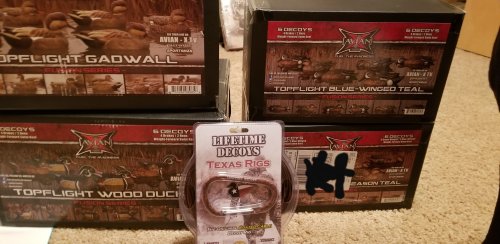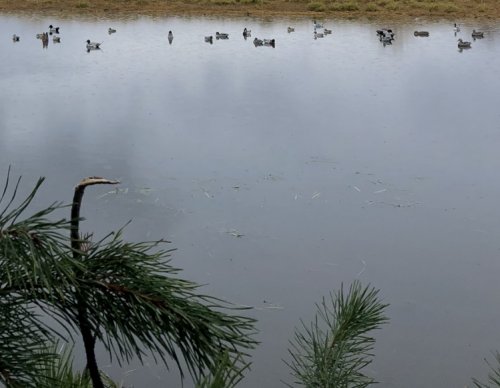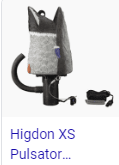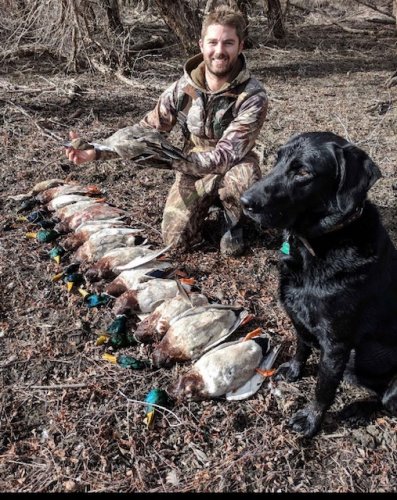D
Deleted member 38069
Guest
Mallard decoys with flocked heads! Learn the simple quack then wait until they're cupped!Ducks at a Distance is a great field ID resource. Best way to get good at it just by doing it. Over time you'll learn to rely as much, if not more, on profile than coloration for ID on the wing.
@Nameless Range, I'd buy a dozen really good decoys before I'd spend the same money on 3-4 dozen cheap decoys. Calling can be very overrated. I do it, but a really good caller isn't always an absolute necessity.








